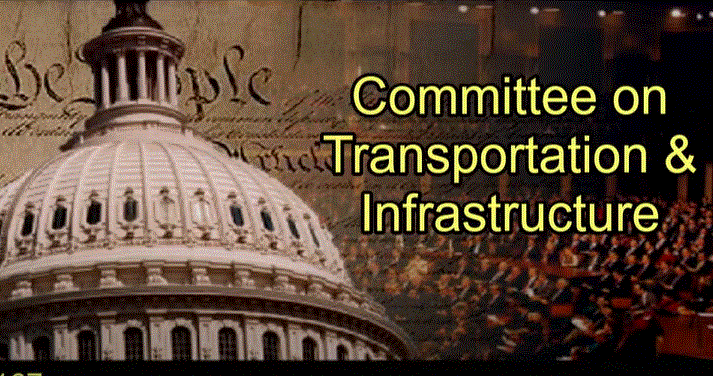“Following the FAA decision to regulate eVTOL aircraft as powered lift, the agency needs to provide operating rules for this class of aircraft,” said JoeBen Bevirt, Founder and CEO of Joby Aviation. “These rules will be issued through Special Federal Aviation Regulations (SFAR), which the FAA has committed to delivering by December 31, 2024. We were pleased to hear that the agency’s proposed SFAR has been forwarded from FAA to DOT one month ahead of schedule, but there is more to be done. We hope Congress will partner with us to ensure the process is completed on time, as well as create an interim policy to enable early commercial operations if the rulemaking process misses this deadline or a company achieves type certification prior to rule completion…. While we are pleased with the FAA’s Office of Airports’ proactive approach to new entrants, a lack of clear direction and guidance at the federal level, with respect to existing heliports and airports, has resulted in confusion and ambiguity at the state and local level. Our eVTOL aircraft, like most others undergoing type certification, has been designed to use existing heliports and airports on day one. We would encourage Congress to establish a definition in U.S. Code for heliports that indicates they are used or intended to be used by any aircraft capable of vertical takeoff and landing. We believe that existing frameworks for heliport design, planning, permitting and approval are suitable both for heliports and future vertiports.”
“The FAA is currently working to draft design guidance for “vertiports” that eVTOLs will be required to use,” said Kyle Clark Founder & CEO BETA Technologies. “To provide interim guidance for vertiport design, the FAA published Engineering Brief (EB) No. 1052 in September 2022. BETA appreciates the time and resources FAA has dedicated to this effort; however, we are concerned by the limitations it places on the integration of eVTOLs into the NAS. BETA has encouraged the FAA to create a design standard that is consistent with what the industry needs and can use, while ensuring safety remains the priority. We hope that the FAA will accelerate and prioritize this in time for type certification of eVTOLs and, in the meantime, allow eVTOLs to use existing infrastructure.
According to Clint Harper, Advanced Air Mobility Expert & Community Advocate Subcommittee member:
“For eVTOL certification, the FAA proposes a requirement for a controlled emergency landing, yet it is not defined where this landing is likely to occur. If following Part 135 precedents, an emergency landing will occur out in the community. Do city leaders and community members know where the location of a possible emergency eVTOL landing may occur, should they experience power issues on takeoff? This risk should not just be mitigated on the aircraft, as the proposed airworthiness criteria addresses, but should also be addressed in airspace protections, infrastructure design, and operation specifications specific to urban hazards. Another concern is that in the event of an emergency landing away from the heliport or vertiport, will the community’s fire department be able to respond to the incident with the right equipment, resources, and trained crews? It is this harmonization that the FAA should be seeking in addressing the entire AAM ecosystem. While this section’s focus is on crash risk mitigation, equity concerns also include noise and emissions exposure, access to economic benefits, freedom from negative externalities, and more.”
For more information
https://transportation.house.gov/calendar/eventsingle.aspx?EventID=406240




